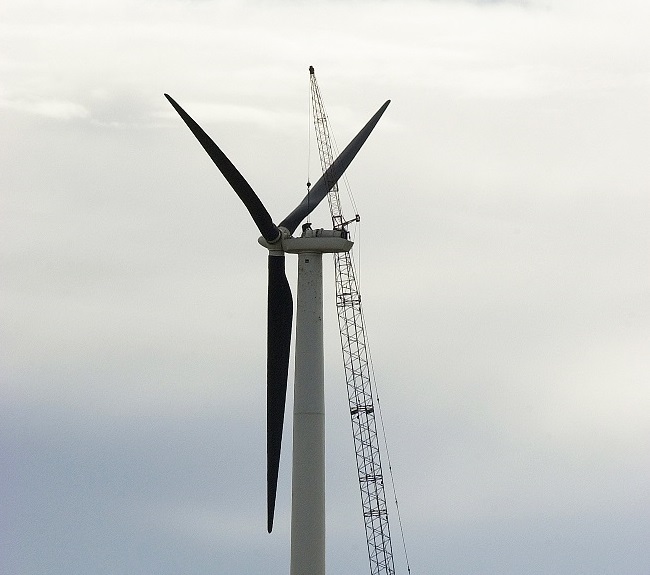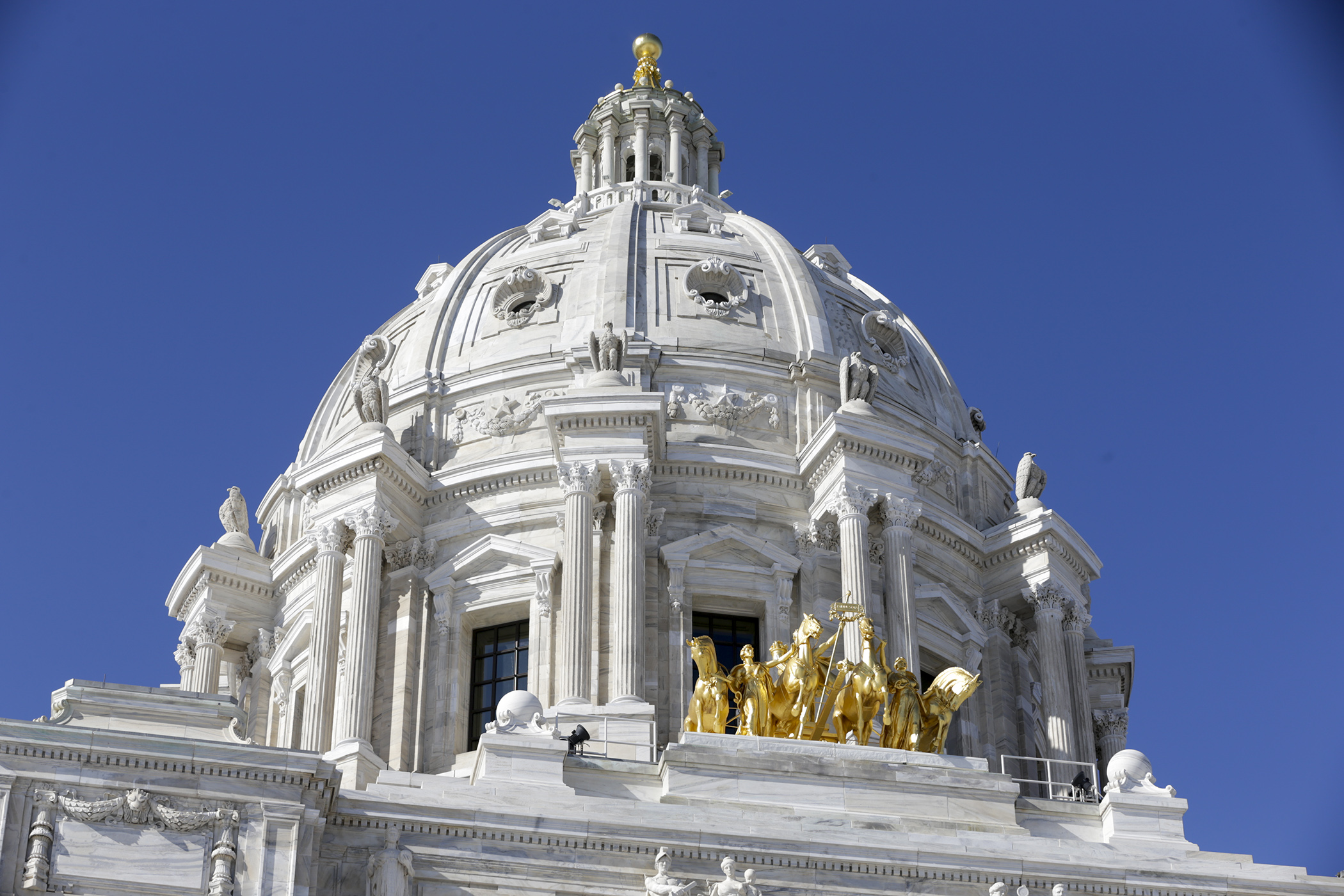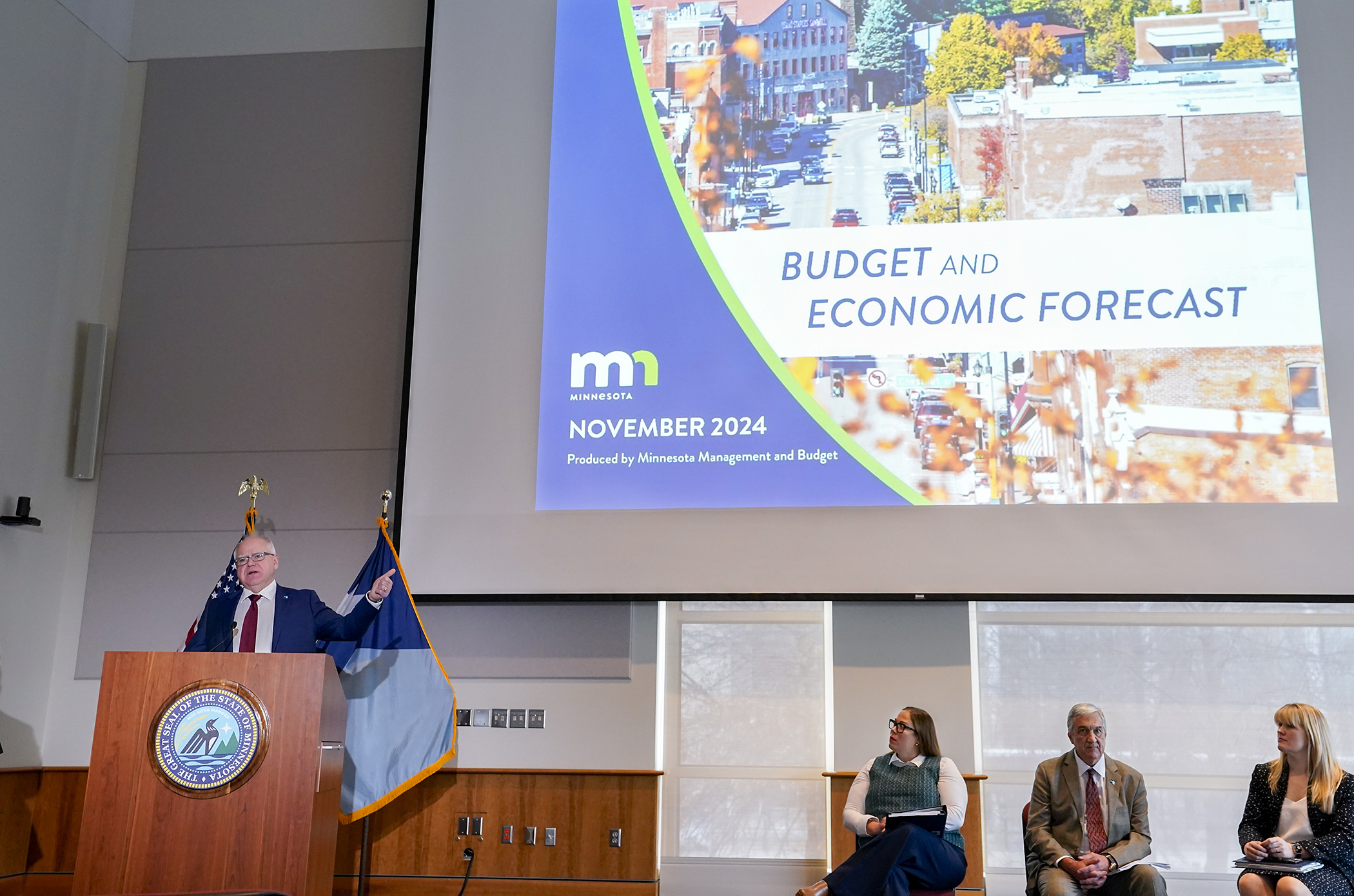Omnibus climate and energy bill targets a ‘clean energy transition’

Battling the rising cost of energy could be assisted by the proverbial ounce of prevention. And the move toward the use of renewable energy sources and electric vehicles continues apace.
Those are two of the upshots of the omnibus climate and energy bill introduced at Tuesday’s meeting of the House Climate and Energy Finance and Policy Committee. HF3337, replaced by a delete-all amendment, is sponsored by Rep. Jamie Long (DFL-Mpls).
The committee is scheduled to hear public testimony Wednesday before acting on amendments and likely approving the bill Thursday.
“We are in a critical moment in our state for energy policy,” Long said. “As we heard in the Intergovernmental Panel on Climate Change’s testimony before our committee, Minnesota is experiencing increasing rainfall events, increased flooding, increased soil erosion and increased heat mortality. Yesterday, the third IPCC working group released its report, approved by 195 governments around the world. And the report showed that the world must roughly halve emissions in the next eight years. To put that in context, that’s just two Minnesota state Senate terms to get this right. If we remain on our current path, temperatures will rise by an average of 6 degrees by the end of the century, according to the report.
“We’re in a critical moment, but this is also an exciting moment for energy policy. In the last decade, the cost of solar energy and storage have declined by 85%. And the cost of wind energy has declined by 55%. If we get this right, our clean energy transition will bring many benefits to our state. It will mean energy affordability. It will mean health benefits. Air pollution contributed to 10% of all deaths in the metro area and in Rochester and St. Cloud. Electric vehicles and electric buses will simply save lives.”
The bill’s appropriations are separated into two pots of money. One is the state’s General Fund, which would be tapped for $80 million, and the Renewable Development Account, which would be the source of $40.2 million.
The Renewable Development Account is a state-administered fund designed expressly for the purpose of developing renewable energy sources in Minnesota. Xcel Energy pays into it with annual fees of between $350,000 and $500,000 for each cask of nuclear waste it stores at its Prairie Island and Monticello facilities.
[MORE: View the spreadsheet]
Among the bill’s General Fund appropriations, the largest would be $30 million earmarked for a weatherization assistance program. The bill would also devote $10 million to establishing an innovative finance authority — a nonprofit organization that would fund renewable energy projects — and another $10 million to establish a state competitiveness fund to match federal funds coming to the state. The latter amount would be doubled thanks to $10 million more from the Renewable Development Account.
Other General Fund appropriations would include $5 million for an Energy Alley startup fund, $4.1 million to expand electric vehicle charging in state parks, and $4 million to provide more solar energy on state infrastructure.
In addition to that state competitiveness fund, the other big ticket items that would be financed through the Renewable Development Account include $6.5 million for a geothermal energy demonstration project at a school in the Anoka-Hennepin School District; $5 million in grants to businesses to develop decarbonization technologies for commercialization; and $5 million for financial incentives for the installation of solar energy generating systems.
Rep. Glenn Gruenhagen (R-Glencoe) asked how much federal money may come to the state as a result of the bill’s proposed $20 million investment in the competitiveness fund, a program sparked by the federal Infrastructure Investment and Jobs Act signed into law in March.
Long explained there are more than 60 grant opportunities, all competitive, ranging from increasing transmission reliability to clean energy research centers, but criteria for the programs have been slow in coming from the federal government. He cautioned that, with the state’s legislative schedule, it could miss out on funding if programs are launched later in the year without the state committing matching funds.
Assistant Commerce Commissioner Kevin Lee said the administration believes about $100 million would become available if the state provided a 15% match, and that grid resiliency programs were likely to be the first to begin.
“The transition is happening,” Long said. “The only questions are whether it will happen in time, whether it will be fair and equitable, and whether Minnesota will lean in, or whether those jobs and opportunities will go elsewhere.”
The bill’s companion, SF4269, sponsored by Sen. David Senjem (R-Rochester), awaits action by the Senate Finance Committee.
***
What's in the bill?
Among the bills included in whole or in part in the omnibus climate and energy bill are:
- HF1031 (Stephenson)
- HF1289 (Hollins)
- HF1651 (Hollins)
- HF1668 (Stephenson)
- HF1853 (Bierman)
- HF1899 (Lee)
- HF1978 (Lislegard)
- HF2200 (Vang)
- HF2234 (Boe)
- HF3043 (Stephenson)
- HF3151 (Stephenson)
- HF3431 (Acomb)
- HF3759 (Acomb)
- HF3897 (Hollins)
- HF3905 (Bierman)
- HF3907 (Pinto)
- HF3985 (Christensen)
- HF4066 (Long)
- HF4183 (Long)
- HF4241 (Long)
- HF4402 (Long)
- HF4404 (Reyer)
- HF4631 (Lee)
Related Articles
Search Session Daily
Advanced Search OptionsPriority Dailies
Ways and Means Committee OKs House budget resolution
By Mike Cook Total net General Fund expenditures in the 2026-27 biennium will not exceed a hair less than $66.62 billion.
That is the budget resolution approved Tuesday by the House Ways...
Total net General Fund expenditures in the 2026-27 biennium will not exceed a hair less than $66.62 billion.
That is the budget resolution approved Tuesday by the House Ways...
Minnesota's budget outlook worsens in both near, long term
By Rob Hubbard It looks as if those calling for less state spending could get their wish, judging from Thursday’s release of the February 2025 Budget and Economic Forecast.
A state su...
It looks as if those calling for less state spending could get their wish, judging from Thursday’s release of the February 2025 Budget and Economic Forecast.
A state su...